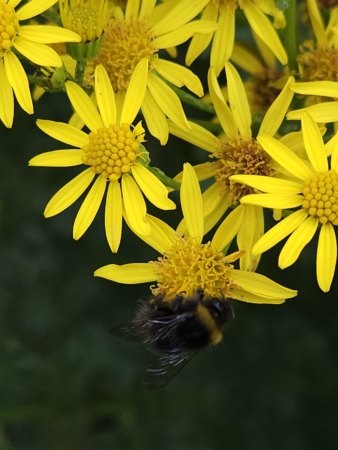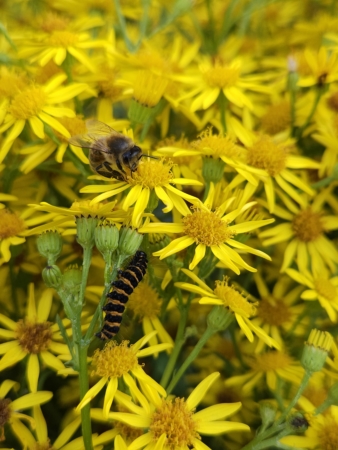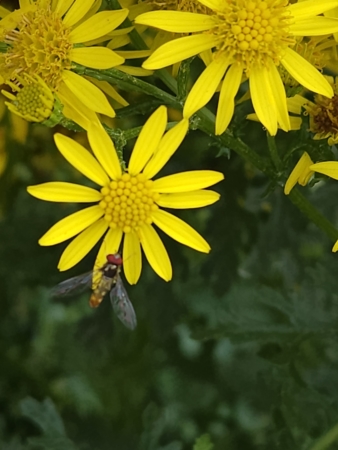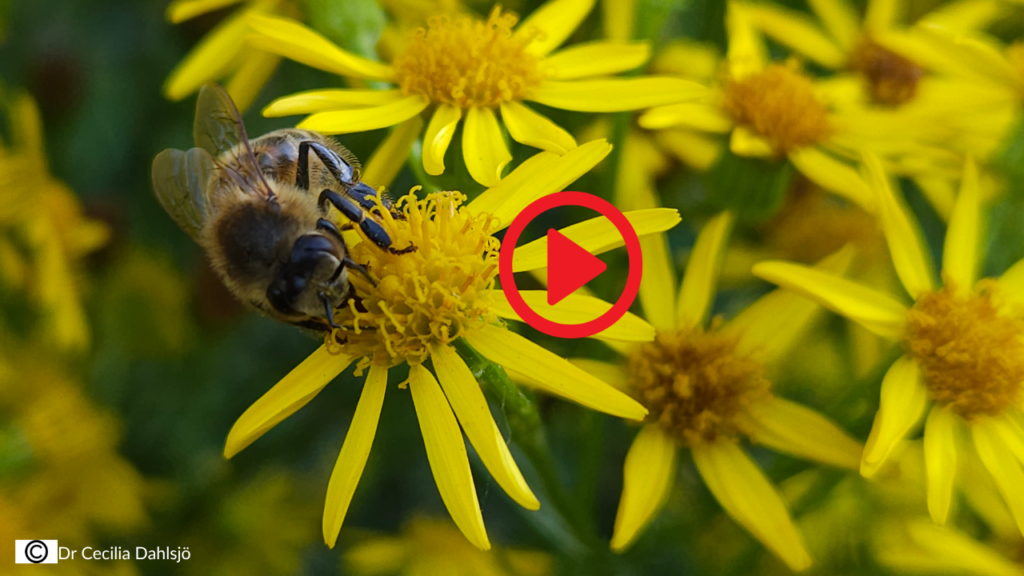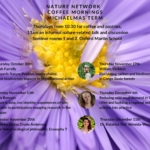Weed or wildflower – a case for ragworts
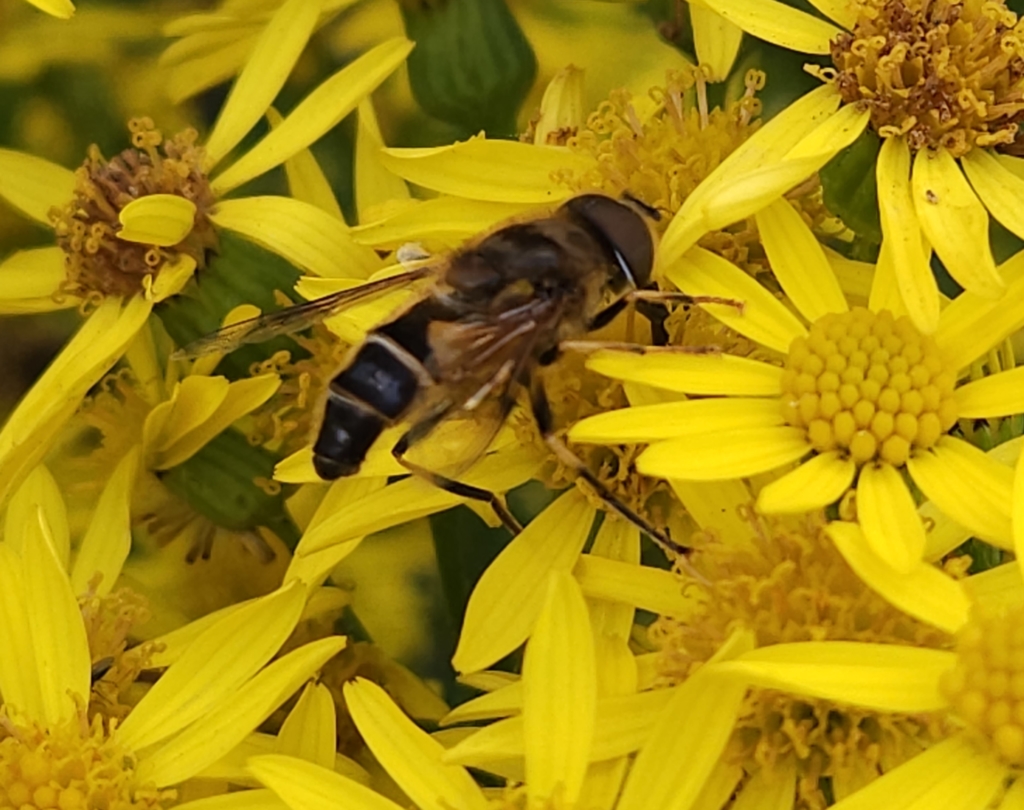
A sea of wildflowers glistens in the morning dew, their petals slowly unfurling as they awaken from the stillness of the night. The sun warms the wings of hungry pollinators whose hum signals the start of a new day.
What if these wildflowers weren’t the familiar faces of daisies and buttercups, but ragworts and thistles? Would the morning still feel as glorious? While certain wildflowers are widely appreciated, others – weeds – are often disliked or overlooked, even in ecosystems where they cause no harm. These views have consequences. Our attitudes toward “weeds” can shape land management decisions and influence the success of nature recovery efforts, where these plants frequently provide critical ecological functions and services. The very concept of a “weed” is tied to human preferences and values. In fact, without human interference or judgment, weeds would not exist at all.
Negative attitudes toward weedy plants can be deep rooted, passed down through heritage and culture, often stemming from their potential to harm crops or livestock. Weeds may also be perceived as untidy and out of place in managed spaces like gardens and parks. With its untamed appearance and toxic reputation few plants illustrate these feelings better than ragwort.
Common ragwort (Jacobaea vulgaris, formerly Senecio jacobaea) is native to Europe and grows in a range of habitats from grasslands and farmland to urban areas. It thrives well in overgrazed pasture, where exposed soil enables its seedlings to establish. This is a particular problem due to its toxicity (pyrrolizidine alkaloids) to livestock which causes liver failure when ingested in large quantities1. It is estimated that roughly 200 horses die each year from ragwort poisoning in the UK1, and so its management is a genuine problem. According to the Weeds Act 1959, landowners have a legal responsibility to control ragwort where it is a threat to the health and welfare of animals2. The legislation focuses on targeted control in areas such as grazing land or hayfields, rather than calling for its eradication. This targeted approach reflects a growing recognition of ragwort’s ecological value, particularly in supporting pollinators and invertebrate diversity.
While 200 species3 have been recorded visiting ragwort, 61 invertebrate species use it as a food source and 30 of these are entirely dependent on it for their survival4. It provides a reliable resource for pollinators thanks to its long flowering season (June – November) and is the most frequently visited plant by butterflies in the UK3. The eradication of ragwort would therefore be detrimental for many species.
At higher trophic levels, ragwort contributes to the food web by providing seeds for birds such as chaffinches and goldfinches, while the invertebrates it supports serve as a food source for a variety of birds and small mammals. Ragwort also contributes to soil health, particularly in bare or overgrazed habitats where soil quality is often poor. Its roots help build organic matter, improve soil structure and porosity, enhance water retention, and promote stability—factors that reduce the risk of soil erosion.
Like many weeds, ragwort contributes to overall habitat diversity—a key factor in maintaining healthy, resilient ecosystems. Diverse plant communities are more likely to support pollinator networks, suppress pest outbreaks, and buffer against climate related effects such as drought. Plants commonly dismissed as weeds can therefore play critical roles in supporting ecosystem functioning. In landscapes where ragwort poses no threat to grazing animals or hay production, its presence can offer considerable ecological benefits. In such contexts, there is little justification for its removal, and doing so may undermine efforts to support pollinators, invertebrate diversity, and wider ecosystem function.
In the face of widespread habitat degradation, nature recovery efforts that restore and maintain ecological functions are more important than ever. Re-evaluating our attitudes toward weeds like ragwort, through an ecological lens rather than one shaped by aesthetics or tradition, allows for a more balanced approach to land management and conservation. Next time you encounter a weed, pause to consider its role. It may not conform to your idea of beauty, but its contribution to biodiversity, soil health, and food webs makes it an essential piece of the wider ecological puzzle.
Love it or hate it? Vote in our BlueSky poll
References
2. DEFRA Code of Practice on How to Prevent the Spread of Ragwort (2004)

